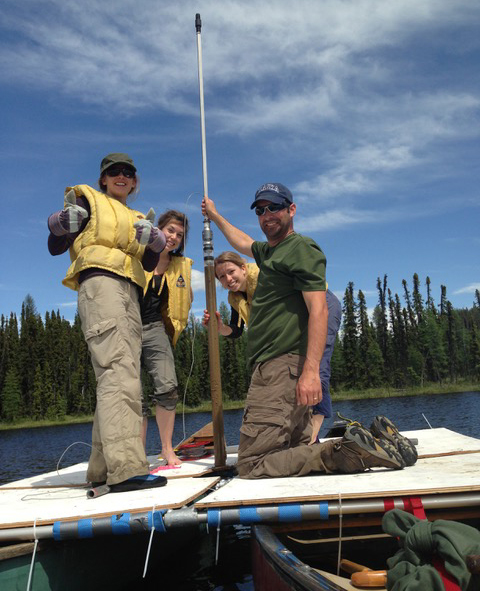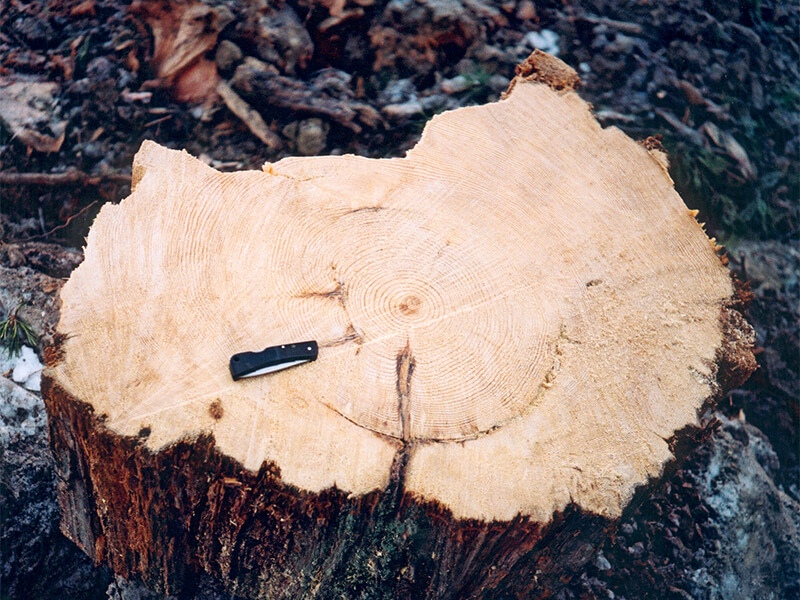
Abstract
Long-term records of wildfires and their controlling factors are important sources of information for informing land management practices. Here, dendrochronology and lake sediment analyses are used to develop a 3500-yr fire and vegetation history for a montane forest in Jasper National Park, Alberta, Canada. The tree-ring record (AD 1771–2012) indicates that this region historically experienced a mixed-severity fire regime, and that effective fire suppression excluded widespread fire events from the study area during the 20th century. A sediment core collected from Little Trefoil Lake, located near the Jasper townsite, is analyzed for subfossil pollen and macroscopic charcoal (>150 μm). When comparing the tree-ring record to the 3500-yr record of sediment-derived fire events, only high-severity fires are represented in the charcoal record. Comparisons between the charcoal record and historical climate and pollen data indicate that climate and vegetation composition have been important controls on the fire regime for most of the last 3500 yr. Although fire frequency is presently within the historical range of variability, the fire return interval of the last 150 yr is longer than expected given modern climate and vegetation conditions, indicating that humans have become the main control on fire activity around Little Trefoil Lake.
Access the full paper (with subscription) here or email Dave Andison.
Citation
Davis, E.L, Colin J. C. Mustaphi., A. Gall, M.F.J. Pisaric, J.C. Vermaire, and K.A. Moser. 2016. Determinants of fire activity during the last 3500 yr at a Wildland-urban interface, Alberta, Canada. Quaternary Research. http://dx.doi.org/10.1016/j.yqres.2016.08.006







